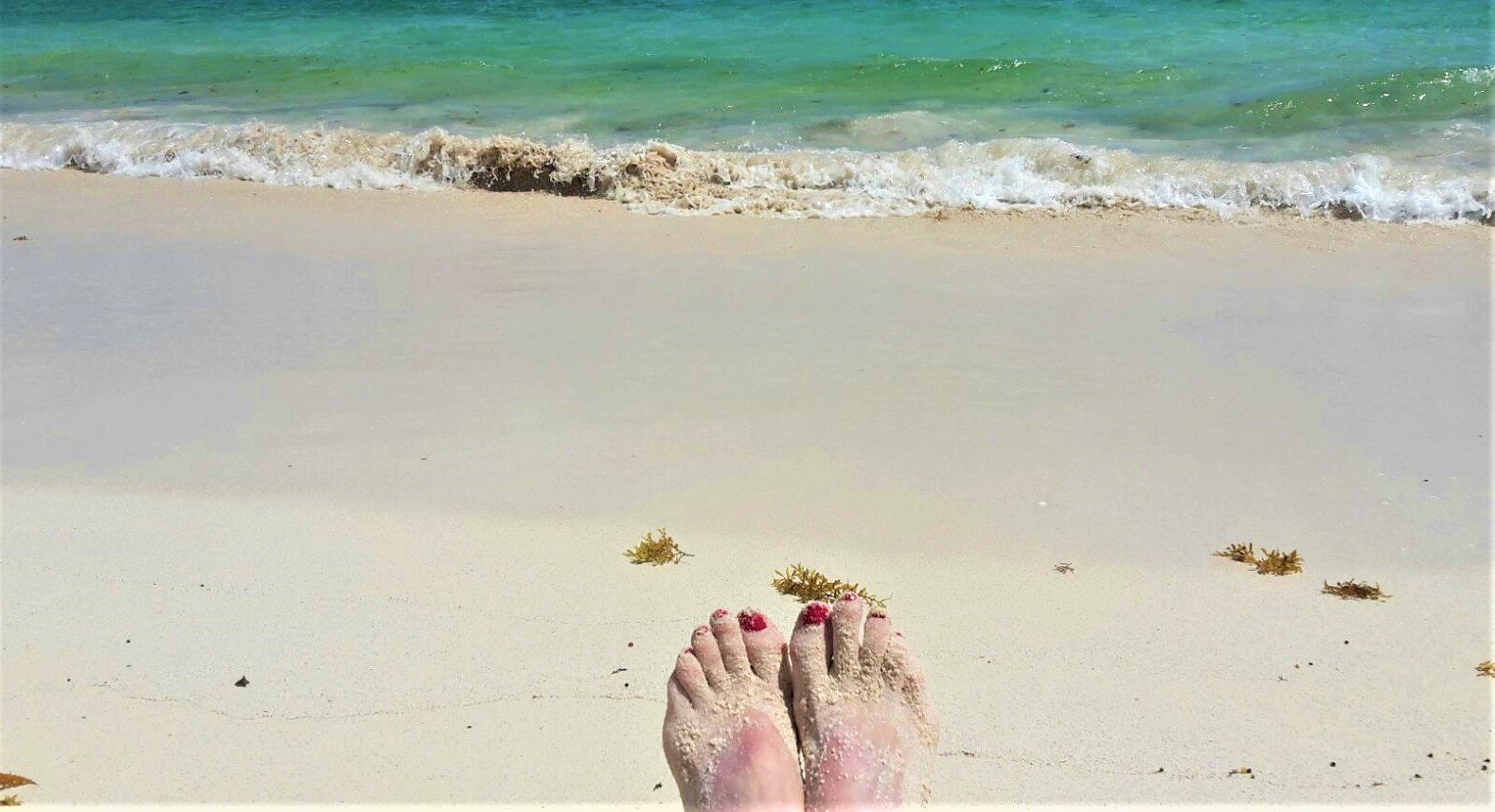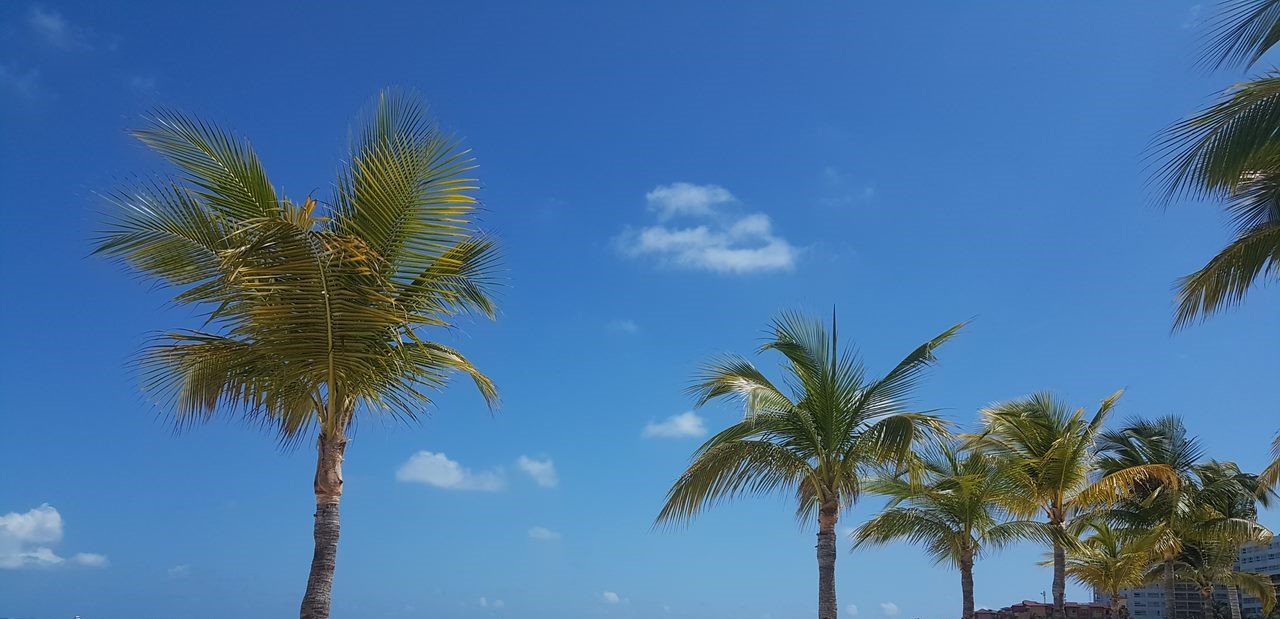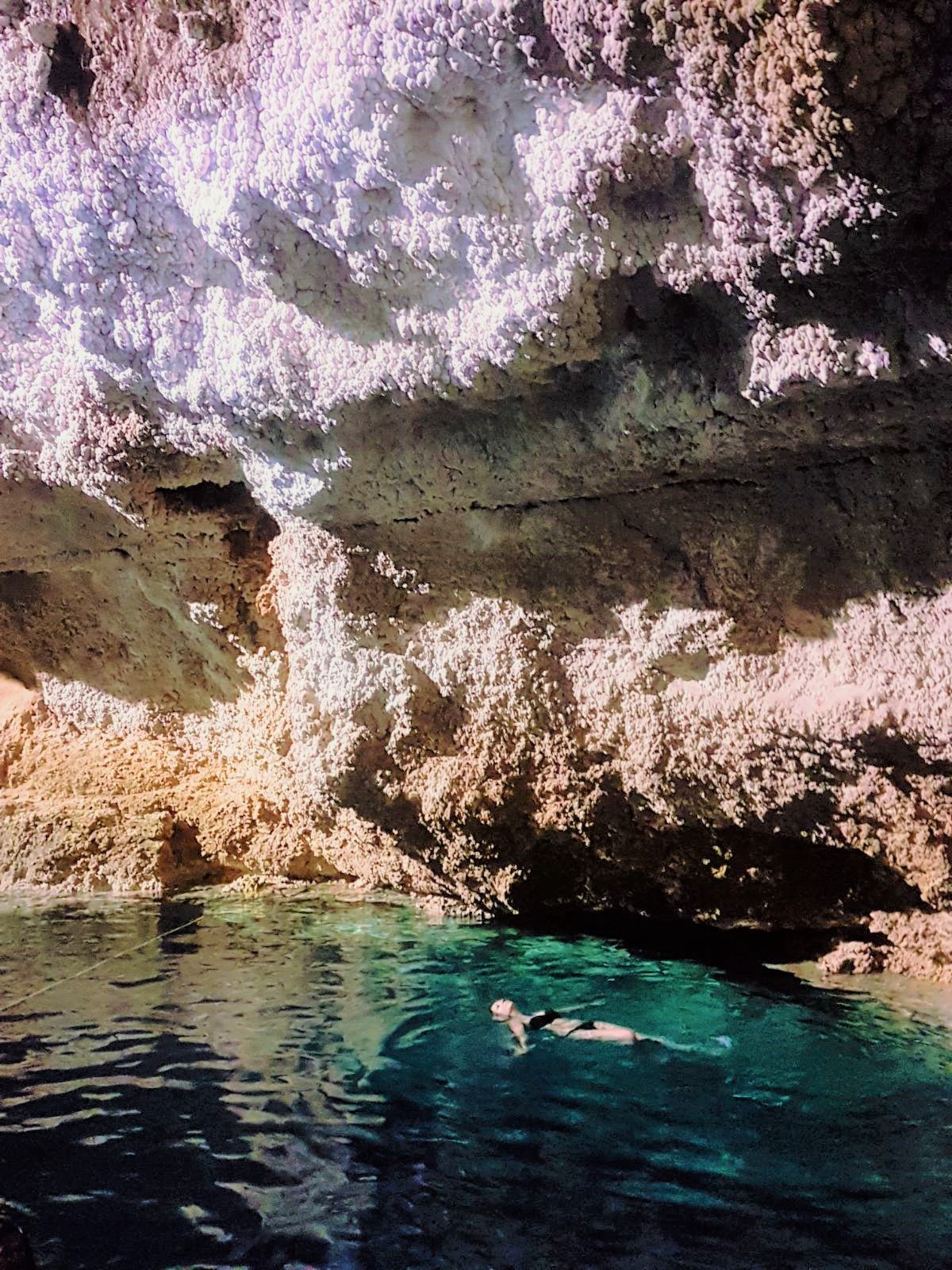Taking the plunge

Learning about Mexico's Yucatan Peninsula in Finding Out and Knowledge gives the age game away. How times have changed. The next generation grew travel-hungry on the Rough Guide and The Lonely Planet, and now researching - and reaching - the remotest destinations, is at our fingertips.
I’ve also learned that it’s never too late. Visiting Mexico for the first time was for me, a step forward as well as a step back in time, to those fortnightly magazines that I devoured as a child.
Seasoned travellers will take that first dense wave of heat stepping out of a plane into a tropical climate in their stride. It’s exhilarating and stifling at the same time. It adjusts your breathing, your posture and your pace. Without words, it speaks of the adventure to come.

Our adventure was from east to west across the tip of the Peninsula, from the Caribbean to the Gulf of Mexico, from Cancun to Merida, from the deliberately reassuring and climatising stepping stone of Playa Del Carmen to the ancient temple stones and unfamiliar landscapes of the interior, from the shallow turquoise sea to the deep clear water of the extraordinary underground limestone cenotes inland.
At first, we clung like children to the familiarity of a seaside resort, stacks of colourful beach towels to buy, holiday gift shops, easy cafés and take-aways. We heard more English and American voices than Spanish. It was comforting, strolling in the bright sun, feeling cool in our sunglasses, but in our hearts, it was uncomfortable too. In the same way that you might feel a bit ashamed when you visit a new city here at home and end up in Marks & Spencer’s.
The morning we set off for Merida was the day we opened our eyes. We’d been to Tulum to see our first Mayan temple, and we’d swum in our first fresh-water cenote, just yards from the beach there. We’d done these things shoulder to shoulder with everyone else who was doing it for the first time. It was time to take the plunge.
The landscape was not at all how we had imagined. The jungle was low and dry and silent, and the land was flat. The straight road was wide and hot and empty, heading with casual determination to a pinprick on the horizon where it sliced through the trees to either side, like a fire break in a forest plantation.
Every now and then, a makeshift roadside marker indicated a homestead and a different life behind the scenes. Sometimes it was an empty Coca-Cola bottle hanging from a stick, sometimes a plastic bag, and every time, a tiny path vanishing into the thicket. We passed someone slowly pedalling a heavy yellow tricycle along the endless verge, into the heat, the unwieldy carrier at the front laden with sticks. We wondered about their life from the guilty cool of our hire car’s air-conditioning, and at how far they were from civilisation. We missed the point.They were part of, and at the heart of, just that. We were the ones who were out of place.
The outskirts of Merida seemed pressed into the ground. We tracked down our Air BnB amongst the single-storey houses, some in new bright colours, with thick wooden doors, some dusty and forgotten, boarded up, and some halfway between the two. The houses each side of the road were linked by a macramé of electricity cables, hanging in casual low loops. There was a large dead scorpion on the pavement but our home for the week was an oasis - a beautifully restored building with an ochre adobe face and two tiny windows that belied the space inside.
Three tranquil rooms led from one to another and then into the walled garden which had a canopy of succulent tropical plants. Large white blossoms and the reflection of a tiny white cloud floated across a pool that was as blue as the sky. Our host explained that there were two times of day here, according to the temperature not the clock. The heat spoke for itself, and we explored Merida first thing in the morning and at the end of the day.
The city was a contradiction of old and new, a different version of the area where we were staying. Tall colonial buildings with large gardens and imposing railings housed upmarket offices, museums and hotels, side by side with their abandoned and peeling neighbours, their grandeur and beauty not lost by their neglect.
On this journey out of our comfort zone, of course, we were still the tourists. We took in Chichen Itza. The vastness of the site, the impossibility and scale of Mayan construction, the number of buildings.

Of course, we swan in some of the most well-known cenotes, at Tulum and near Valladolid. But we also slowly found our feet off the beaten track.
We stopped at roadside carts where elderly women under umbrellas sold homemade tortillas. We pulled off the road at a hand-written sign pointing to a cenote that was, to all intents and purposes, in someone’s private back garden.
In a surreal dream, we left our clothes in the car and followed the owner, barefoot, as he unlocked a padlocked grille in the ground by the side of his house and led us down the stone steps. Taking the plunge again, we were immediately wide awake in the cold clear water that he lit up for us with a flashlight.